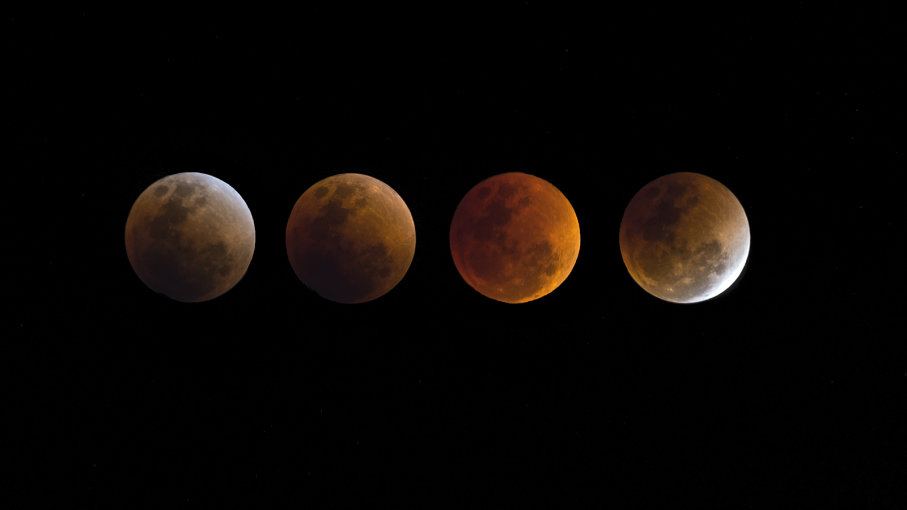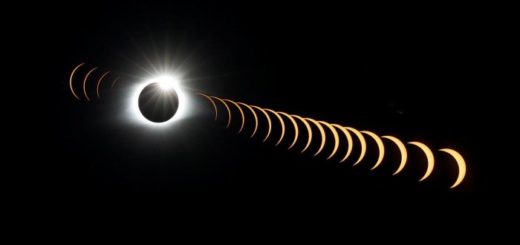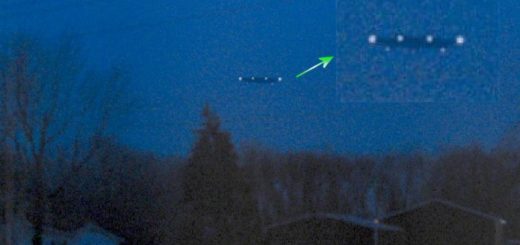Longest Lunar Eclipse of the Century Is Coming

Multiple exposures of the total lunar eclipse on Jan. 31, 2018, in Bangkok, Thailand. The July 27 lunar eclipse will last several minutes longer than the January eclipse. SIRIPONG KAEWLA-IAD/GETTY IMAGES
The second total lunar eclipse of 2018 is coming on July 27. You should really try and catch this one if you can because it’s going to be special. Astronomers calculate that the upcoming eclipse will be the longest of the entire 21st century.
On the night of Jan. 31, 2018, millions of people in Asia, Australia, the Pacific and western North America already enjoyed the sight of a crimson moon in the sky. This was the most recent lunar eclipse — and as the second full moon to occur in January, it had the added distinction of being a blue moon to boot. NASA tells us that this eclipse lasted for a grand total of three hours and 23 minutes. However, it was only a “total” eclipse for one hour and 16 minutes within that span.
Planet Earth casts a shadow on the moon with two major components. Its outer flank is called the “penumbra,” and in this area, the sun’s light is only partially blocked. The inner core of the shadow is the “umbra,” a region that receives no direct sunlight whatsoever.
But of course, visible light comes in a well-documented spectrum. Different colors have wavelengths of different sizes. The shortest are reserved for violet and blue, while green, yellow and orange rest in the middle of the pack. Then you’ve got red light, which boasts the longest wavelength.
Earth’s atmosphere does a good job of scattering the colors with short and mid-sized wavelengths away from the umbra. Yet red light refracts — or “bends” — around the planet and enters this darkest portion of its shadow.
Now a total lunar eclipse can only happen when a full moon enters the umbra. Thanks to the aforementioned light refraction, the moon always looks rusty red during these eclipses. With all this information in mind, let’s revisit the eclipse of Jan. 31, 2018.
That night, the moon spent two hours and seven minutes traveling through the penumbra. By definition, the eclipse didn’t become total until the moon slipped into the umbra, where (as we’ve said) it loitered for one hour and 16 minutes.
NASA projects that the July 27 sequel is going to last for an hour and 43 minutes. At that length, it’ll be longer than any other total lunar eclipse within our present century. It’s going to stand head and shoulders over an awful lot of competition. You see, the 21st century is due to experience no less than 228 lunar eclipses overall. So yeah, the July 27 spectacle is kind of a big deal.
Unfortunately, lunar eclipses aren’t something that everybody gets to see. This month’s record-setting lunar event will only be visible in Europe, Asia, Australia, Africa and parts of South America. North American stargazers shouldn’t despair, though: The website “Time and Date” plans to livestream the entire thing. So while watching it online may not be as cool as watching it outside, at least you can still get a glimpse of it.



 Creators of mankind
Creators of mankind Description of “Tall white aliens”
Description of “Tall white aliens” Where they came from?
Where they came from? About hostile civilizations
About hostile civilizations The war for the Earth
The war for the Earth “Tall white aliens” about eternal life
“Tall white aliens” about eternal life Video: “Nordic aliens”
Video: “Nordic aliens” Aliens
Aliens Alien encounters
Alien encounters The aliens base
The aliens base UFO
UFO Technology UFO
Technology UFO Underground civilization
Underground civilization Ancient alien artifacts
Ancient alien artifacts Military and UFO
Military and UFO Mysteries and hypotheses
Mysteries and hypotheses Scientific facts
Scientific facts


















